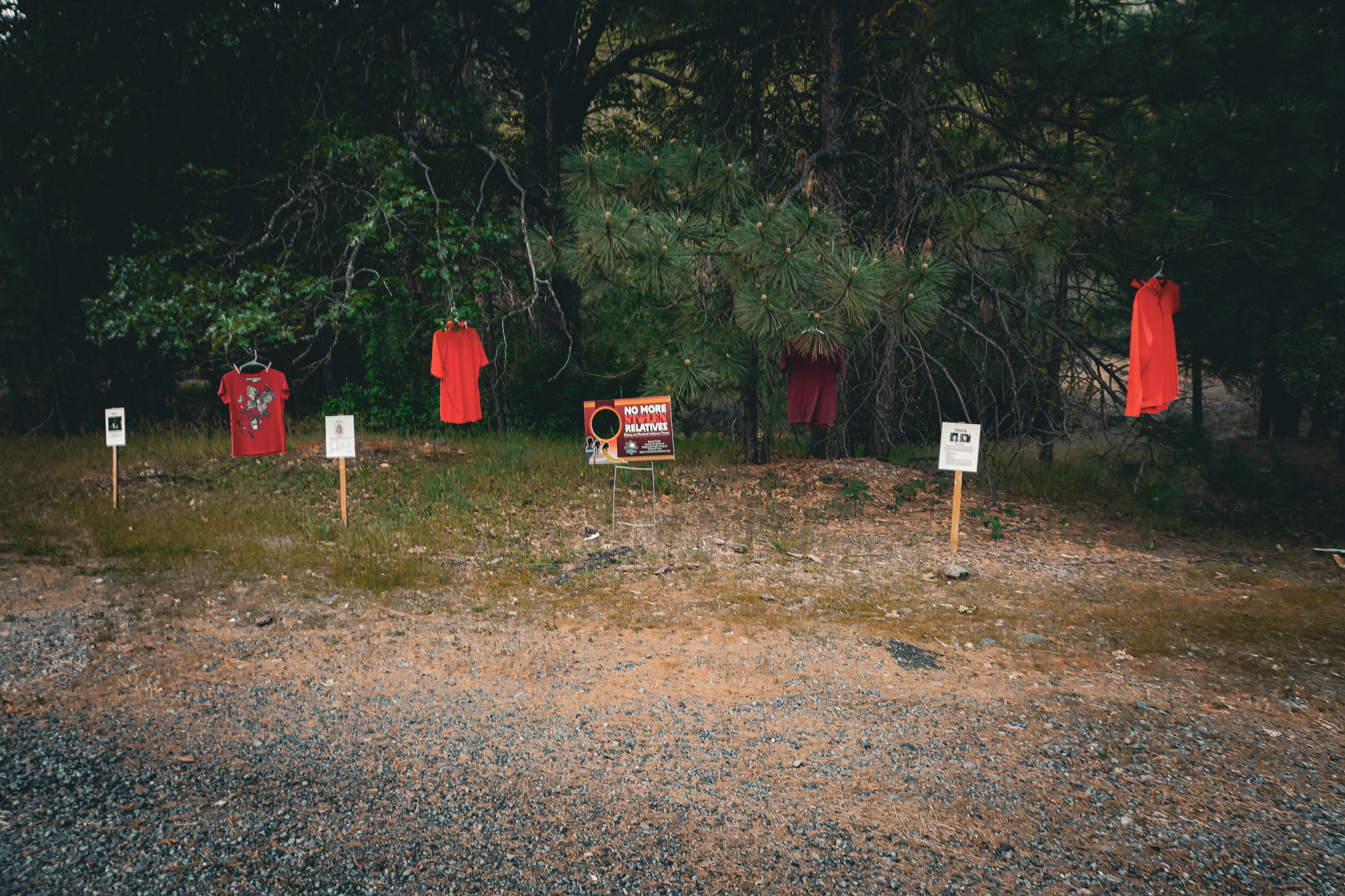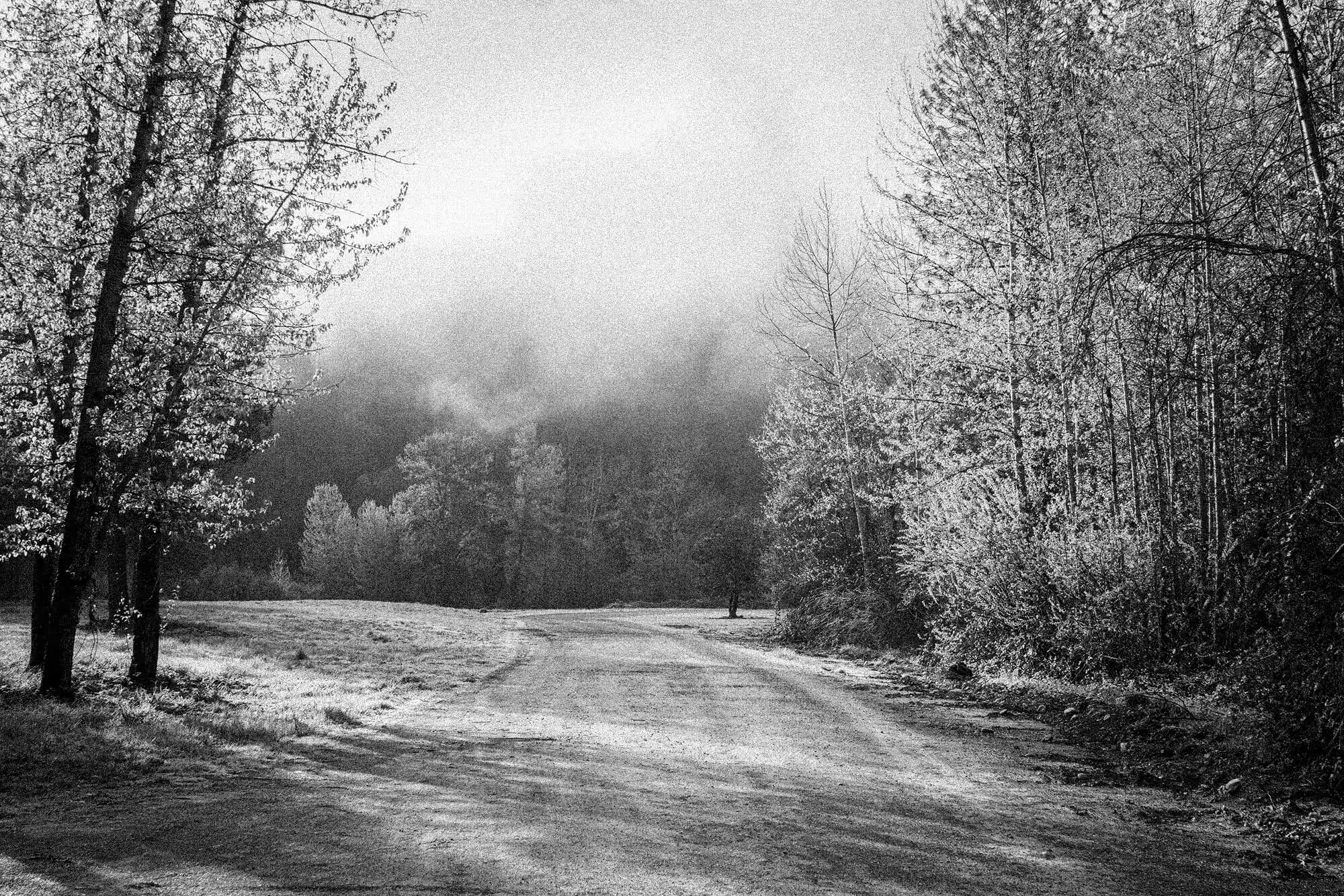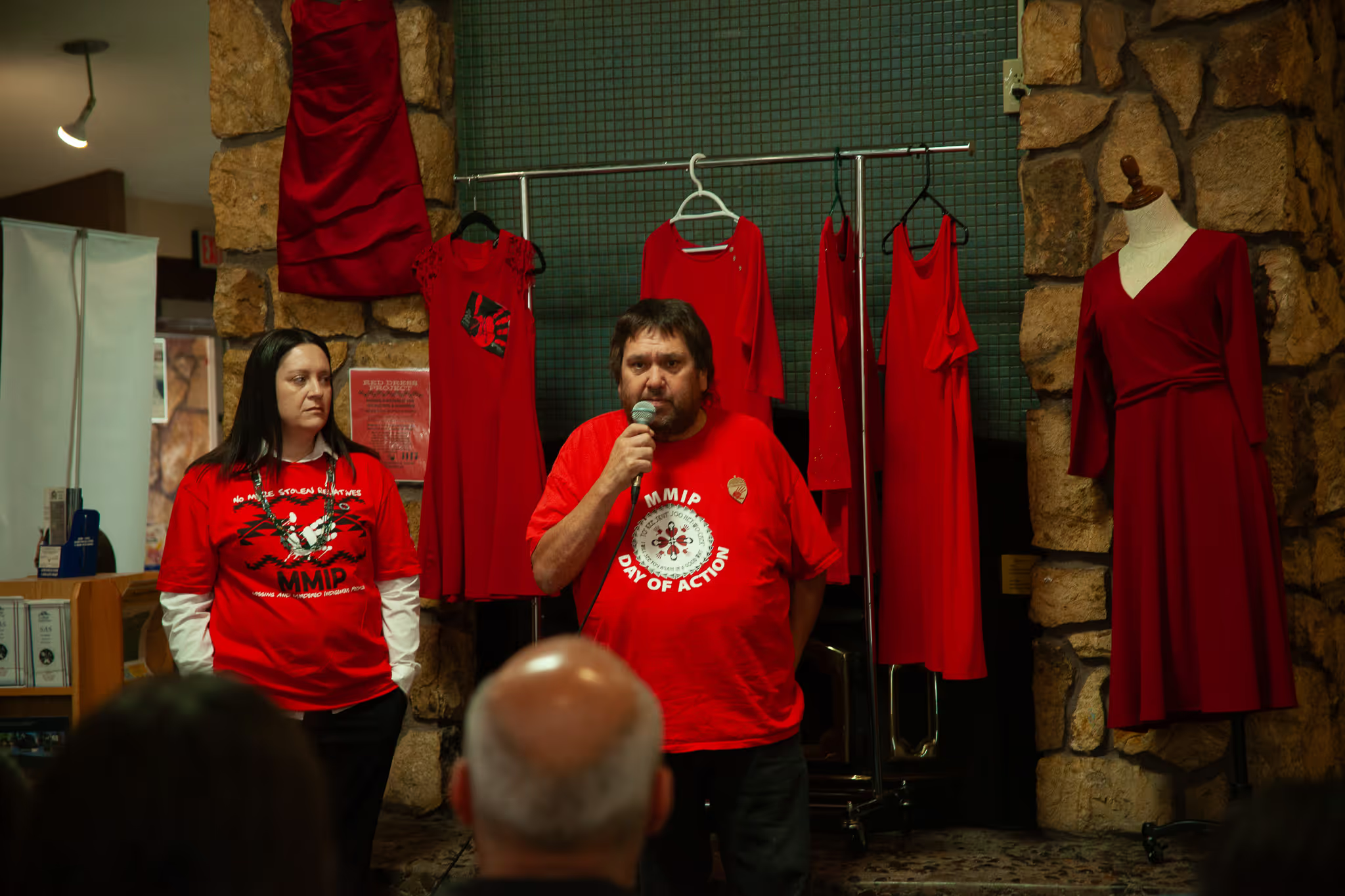Missing & Murdered Indigenous People (MMIP)
Ever since the earliest days of European settlement, the Karuk people, and Indigenous peoples around the world, have faced epidemic levels of violence, the most devastating of which are murders and disappearances. Although Native communities have lived with this reality for generations, the issue gained renewed national attention in 2016, when the National Crime Information Center reported 5,712 cases of missing Indigenous women and girls, and the National Institute of Justice published a study showing that 84.3% of Indigenous women experience violence in their lifetime, including 56.1% who experience sexual violence.
About
The Karuk Tribe launched its MMIP initiative in August of 2024 after receiving a $1 million grant from the California Board of State and Community Corrections. The MMIP Program seeks to provide a holistic response to the MMIP epidemic in the Karuk Tribal Community.
Through collaboration with other tribal governments, agencies, and non-profits, we work to provide direct services to MMIP families and vulnerable individuals, as well as culturally specific outreach, education and prevention strategies. This project is designed around four main goals:
Increase awareness and empower tribal community to prevent and respond effectively to incidents of missing and murdered Indigenous people.
Expand support systems for families affected by the MMIP crisis, ensuring they receive culturally-competent and trauma-informed assistance.
Enhance the accuracy and completeness of data related to missing and murdered Indigenous people to inform effective policy-making and prevention efforts.
Develop robust community and regional assessment and reporting and establish commitments from the Tribe and Council for regional engagement and leadership on the issue.


Statistics
These two groundbreaking reports, along with the activism of the Standing Rock NoDAPL protests, which highlighted the link between fossil fuel “man camps” and sex trafficking, pushed the crisis of Missing and Murdered Indigenous Women (MMIW) onto the national political stage. None of this momentum, however, would have been possible without decades of groundwork laid by Tribal activists, Tribal governments, and Tribal courts.
As years of advocacy continued, more and more stories emerged, showing that the violence extends beyond women. Indigenous children and men are also disproportionately affected. This broader awareness led to the shift from the acronym MMIW to MMIP: Missing and Murdered Indigenous People.
At the current moment, a number of different laws have been passed at the federal and state level to address the Issue of MMIP. Examples at the federal level include the Tribal Law and Order Act of 2010, 2022 updates to VAWA (violence against women act) the Savanna’s Act of 2020 and the Not Invisible Act of 2019. In the state of California, the Feather Alert has been implemented as a specialized alert system to ensure a rapid and effective response to a missing Indigenous person. The Karuk MMIP program is focused on building partnerships with local, state and federal agencies responsible for implementing these changes. The Karuk MMIP program is also collaborating with other Tribes in the region to advance further legislative changes to address this issue.
Missing person records were entered into NCIC in 2024.
As of Dec 31, 2024, there were 93,447 active missing person records remaining in NCIC.
The Bureau of Indian Affairs (BIA) estimates that there are around 4,200 missing and murdered Indigenous peoples cases that remain unsolved nationwide (i.e., over time).
In congressional testimony, advocates cited lack of resources, jurisdictional gaps, and data deficits as key reasons why many cases of Indigenous people going missing or being murdered are never clearly classified, solved, or counted.

History
Native American and Alaska Native rates of murder, rape, and violent crime are all higher than the national averages. When looking at missing and murdered cases, data shows that Native American and Alaska Native women make up a significant portion of missing and murdered individuals.
2017
In September 2017, the Government Accountability Office (GAO) released a report titled ‘‘Human Trafficking: Investigations in Indian Country or Involving Native Americans and Actions Needed to Better Report on Victims Served.’’ GAO surveyed tribal and major city law enforcement agencies and victim service providers on human trafficking investigations, victim services, and barriers to identifying and serving Native victims.

2020
According to the Centers for Disease Control and Prevention (CDC) National Intimate Partner and Sexual Violence Survey, non-Hispanic American Indian and Alaska Native (AI/AN) females experienced the second highest rate of homicide in 2020. Additionally, in 2020 homicide was in the top 10 leading causes of death for AI/AN females aged 1-45. More than 2 in 5 non-Hispanic AI/AN women (43.7%) were raped in their lifetime.
Non-Hispanic AI/AN males had the second highest rate of homicide compared with males in all other racial and ethnic groups. Homicide was in the top ten leading causes of death for AI/AN males 1 to 54 years old in the year 2020.

Today
Statistics show us that approximately 1,500 American Indian and Alaska Native missing persons have been entered into the National Crime Information Center (NCIC) throughout the U.S. and approximately 2,700 cases of Murder and Nonnegligent Homicide Offenses have been reported to the Federal Government’s Uniform Crime Reporting (UCR) Program. In total, BIA estimates there are approximately 4,200 missing and murdered cases that have gone unsolved.
These investigations remain unsolved often due to a lack of investigative resources available to identify new information from witness testimony, re-examine new or retained material evidence, as well as reviewing fresh activities of suspects.

Resources
Domestic violence is an epidemic affecting individuals in every community regardless of age, economic status, sexual orientation, gender, race, religion, or nationality. It is often accompanied by emotionally abusive and controlling behavior that is only a fraction of a systematic pattern of dominance and control. Domestic violence can result in physical injury, psychological trauma, and in severe cases, even death. The devastating physical, emotional, and psychological consequences of domestic violence can cross generations and last a lifetime.
Jasmine Harvey
Missing and Murdered Indigenous People’s Outreach and Advocacy Coordinator
Karuk Tribe
(530) 627-3676
(707) 951-8754 (cell)
jharvey1@karuk.us
If I Go Missing – Personal Safety Booklet
A confidential, fillable safety document created by the Karuk Tribe’s Missing and Murdered Indigenous People (MMIP) Program to help individuals record key personal information—contacts, routines, and identifiers—to aid loved ones and authorities in case of disappearance.
👉 Link: https://bit.ly/4hb6OXE
When a Loved One Goes Missing – First 72-Hour Guide
A step-by-step reference on what to do immediately when someone goes missing. Covers contacting law enforcement, preserving evidence, gathering information, and mobilizing community support within the crucial first 72 hours.
👉 Link: bit.ly/4qfcVOW
Protecting Children Online – Family Safety Guide
A practical brochure from the Karuk MMIP Program offering tips for parents and caregivers on managing screen time, setting privacy controls, and protecting kids from online risks like cyberbullying and predatory behavior.
👉 Link: https://bit.ly/4nVpbTi
Unsolved Cases Database
View Unsolved Cases — access the database of cold cases in Siskiyou County including information to assist law enforcement.
Victim Siskiyou Domestic Violence & Crisis Center, Yreka
A safe, confidential resource offering crisis intervention, shelter, and advocacy for victims of domestic violence and sexual assault.
Humboldt County Domestic Violence, Eureka
Offers 24/7 crisis response, shelter, and counseling services to individuals and families experiencing domestic violence.
Taking Care of our Sisters Shelter
Quartz Valley Indian Reservation
Taking Care of Our Sisters Shelter is committed to assisting in a healthy recovery process for all survivors of Domestic Violence and Sexual Assault.
Advocacy Efforts
Stay tuned for updates about Self defense classes!
